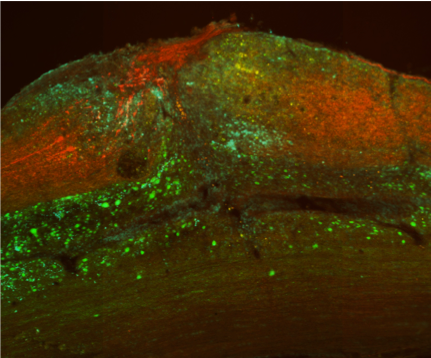IBEC obtains a second Severo Ochoa accreditation for Excellence

The Institute for Bioengineering of Catalonia is one of the six centres in Spain to be awarded accreditation in this round of the Severo Ochoa Excellence programme. Furthermore, IBEC is the only center that receives this accreditation for the second time.
The Ministry of Science, Innovation and Universities published yesterday the results of the winners of this distinction, selected by an international panel of a hundred judges, for its scientific results and strategic programmes.
Severo Ochoa Excellence Awards identify and promote public research centres and units in Spain that stand out as international references in their specialized fields
IBEC Director Josep Samitier expressed his gratitude for the award and highlights that: “the obtention of the Severo Ochoa accreditation for the second time satisfies us greatly because it recognizes the leadership and excellence of IBEC activities both in research and in translation of the obtained results to society”.


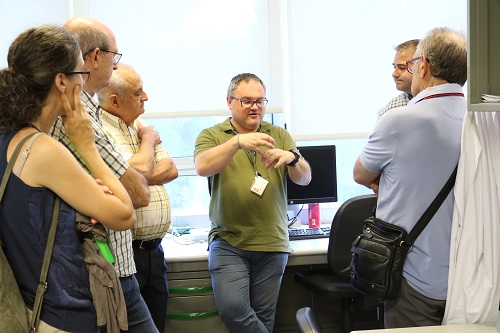 Representatives of the board of directors of the Catalan Association of Cystic Fibrosis (ACFQ) recently visited IBEC laboratories to discuss the latest advances in bacterial resistance with Dr. Eduard Torrents, principal investigator at IBEC of the group of Bacterial infections: Antimicrobial therapies .
Representatives of the board of directors of the Catalan Association of Cystic Fibrosis (ACFQ) recently visited IBEC laboratories to discuss the latest advances in bacterial resistance with Dr. Eduard Torrents, principal investigator at IBEC of the group of Bacterial infections: Antimicrobial therapies .


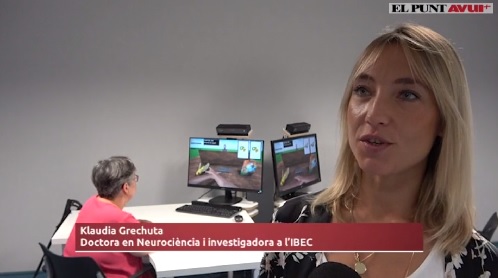 The SPECS group, together with the physical medicine and rehabilitation department of the hospital Sant Joan de Barcelona, explain us in the news of Punt Avui television, their study in virtual reality for patients who have suffered a stroke. The study began in 2014 and is a reinforcement of the basic rehabilitation treatment. In this case, a study has been done with 18 patients and a clear improvement has been observed after two months thanks to this system.
The SPECS group, together with the physical medicine and rehabilitation department of the hospital Sant Joan de Barcelona, explain us in the news of Punt Avui television, their study in virtual reality for patients who have suffered a stroke. The study began in 2014 and is a reinforcement of the basic rehabilitation treatment. In this case, a study has been done with 18 patients and a clear improvement has been observed after two months thanks to this system.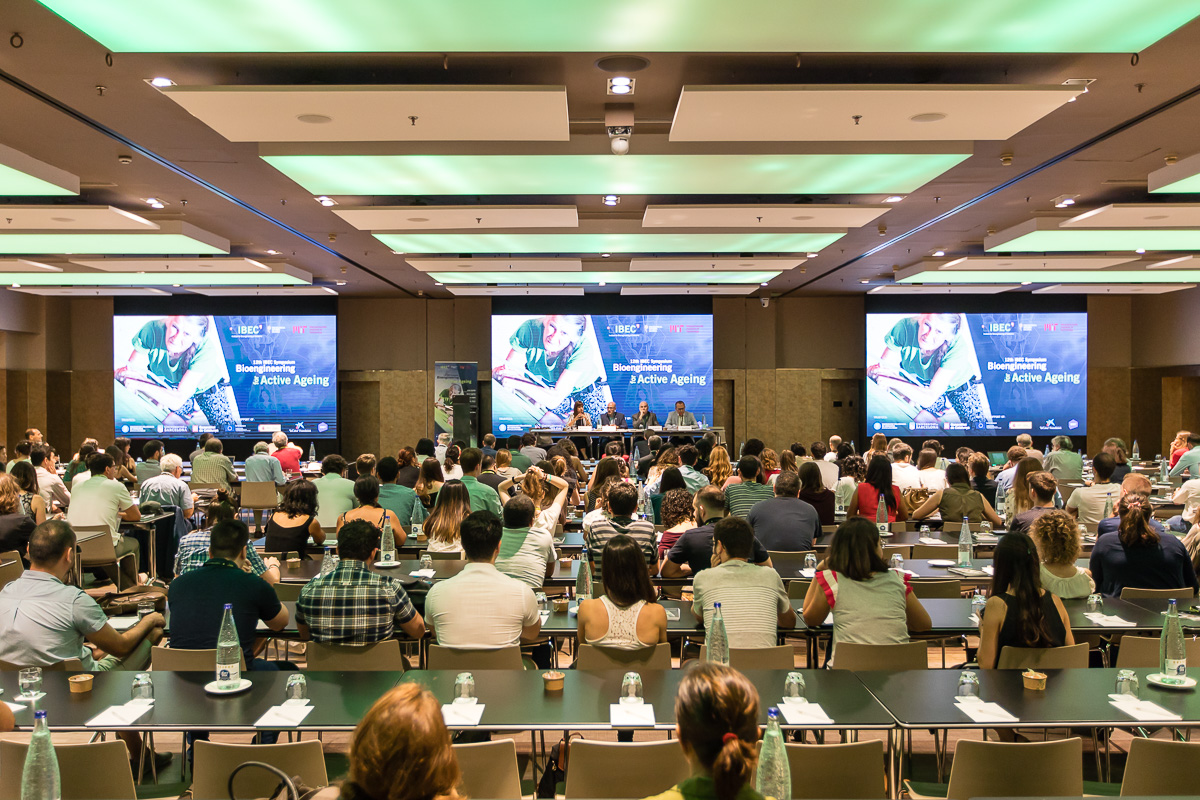
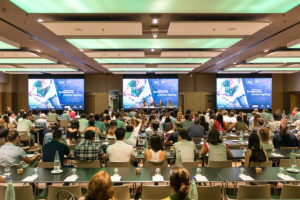 On Wednesday July 17th, the 12th IBEC Annual Symposium was held at the Hotel Catalonia Plaza in Barcelona. With the participation of more than 300 assistants and the exhibition of more than 102 scientific posters, this year, the event focused on Bioengineering for active aging – one of the three main research areas of IBEC- and had the participation of three MIT speakers (Massachusets Institute of Technology), among others.
On Wednesday July 17th, the 12th IBEC Annual Symposium was held at the Hotel Catalonia Plaza in Barcelona. With the participation of more than 300 assistants and the exhibition of more than 102 scientific posters, this year, the event focused on Bioengineering for active aging – one of the three main research areas of IBEC- and had the participation of three MIT speakers (Massachusets Institute of Technology), among others.